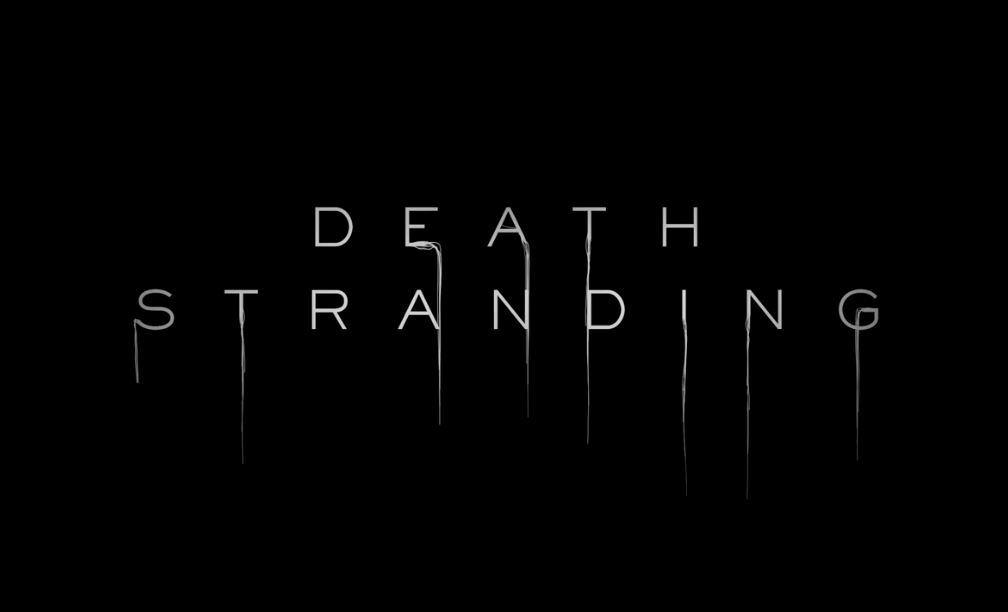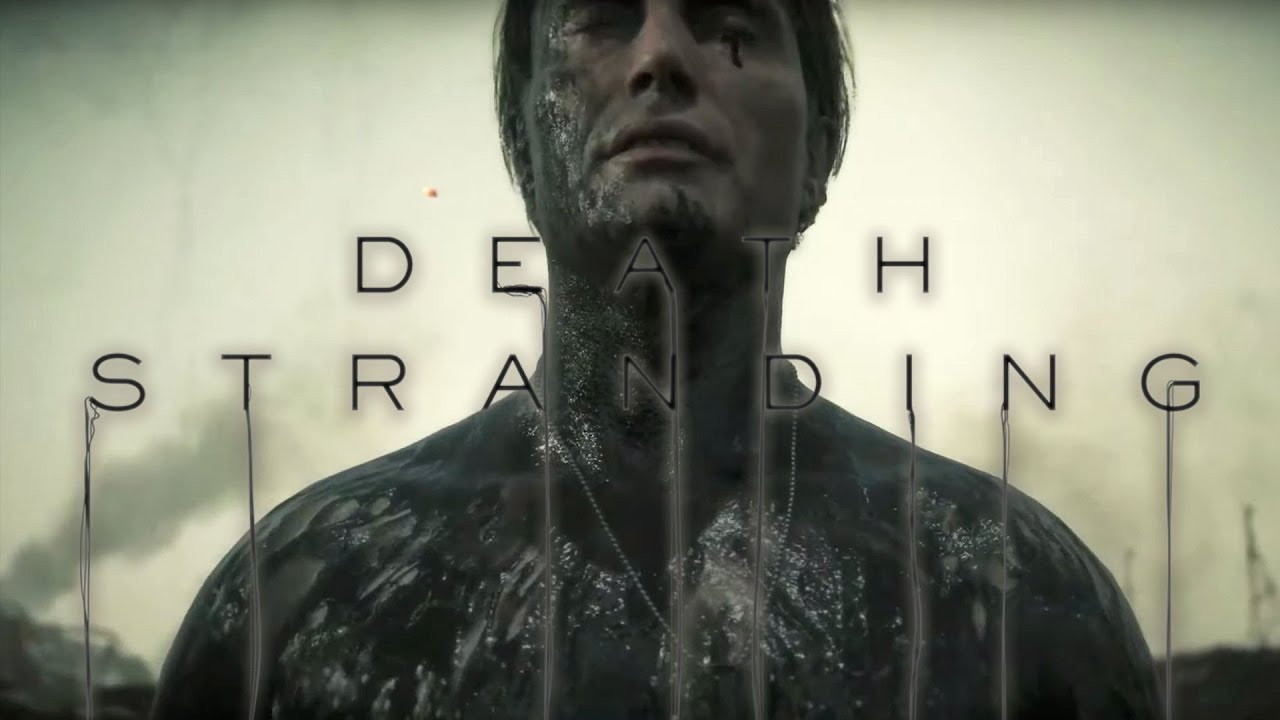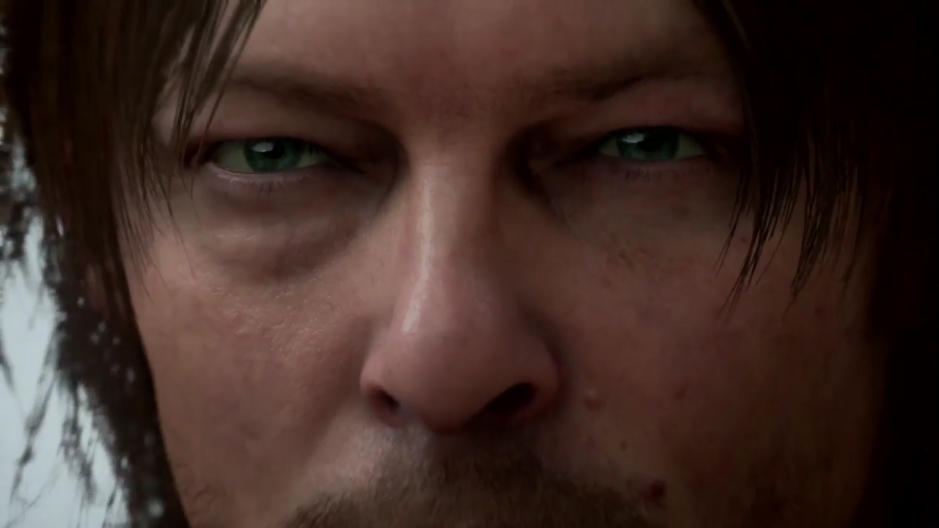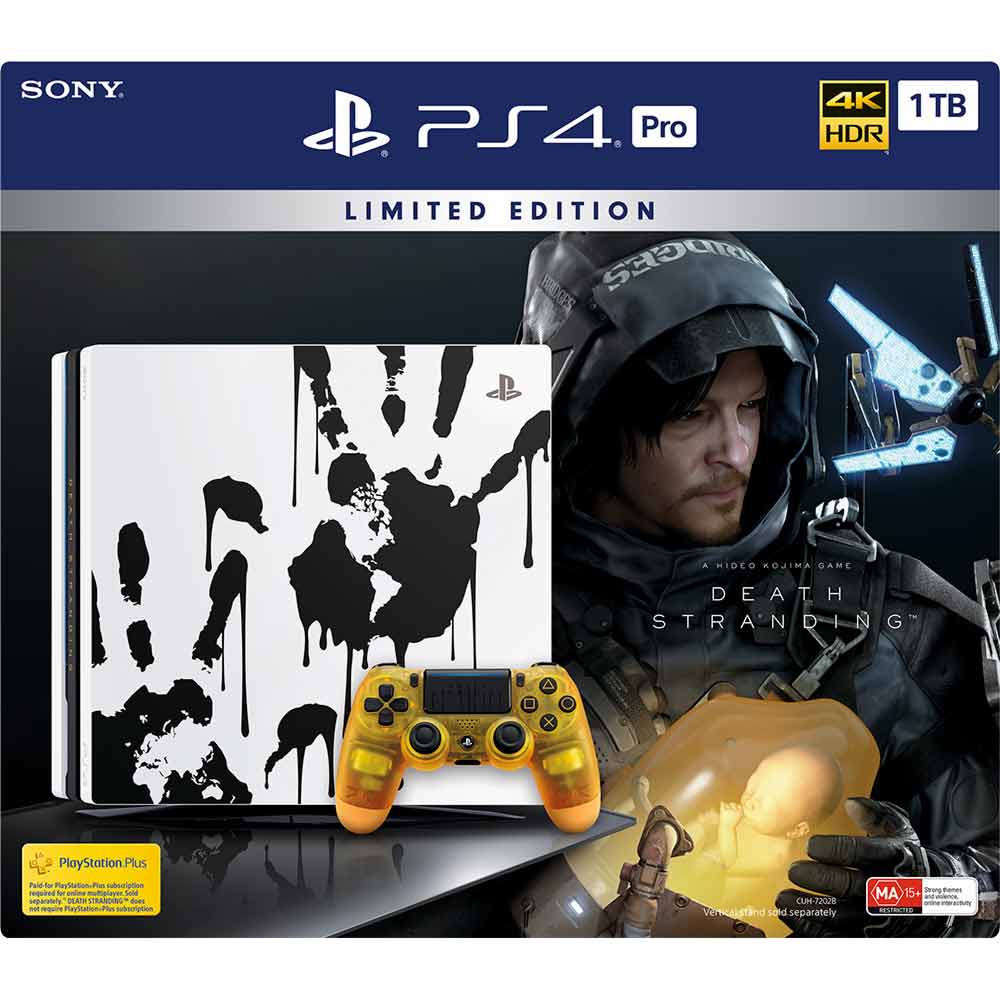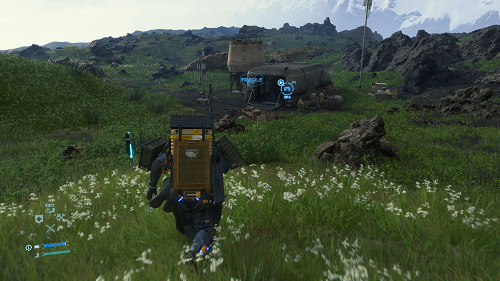
With only a single E3 attendance under my belt, there are very few games released that I can point to and say, ‘I was there when that was announced’. Thankfully, I was in the audience when Hideo Kojima took to the stage at PlayStation’s 2016 E3 Press Conference and announced Death Stranding. The trailer made absolutely no sense, triggering a need to know what the game was and what it’s horrific looking imagery meant. Three years later, Death Stranding is here, and while I walked away still questioning a good few things, I feel like the wait was worth it. Mostly, anyway.
But what is Death Stranding? Perhaps the best way I can describe it is as follows: A post-apocalyptic Amazon delivery service simulator. Taking control of Sam Porter Bridges (a typical Kojima character name if I’ve seen one), you’re tasked with delivering packages around America, gaining the goodwill of the people you find, connecting them to a new country-wide network and effectively rebuilding the USA. At face value, it doesn’t sound too interesting, right? Well, throw in people with extraordinary powers, rain that ages everything it touches, invisible ghosts (BTs) that try to drag you into the underworld, former postal workers (MULEs) that have gone insane and attack you on sight for your sweet, sweet packages, and a handy helping of mystery and intrigue, and you’ve got a stew going.
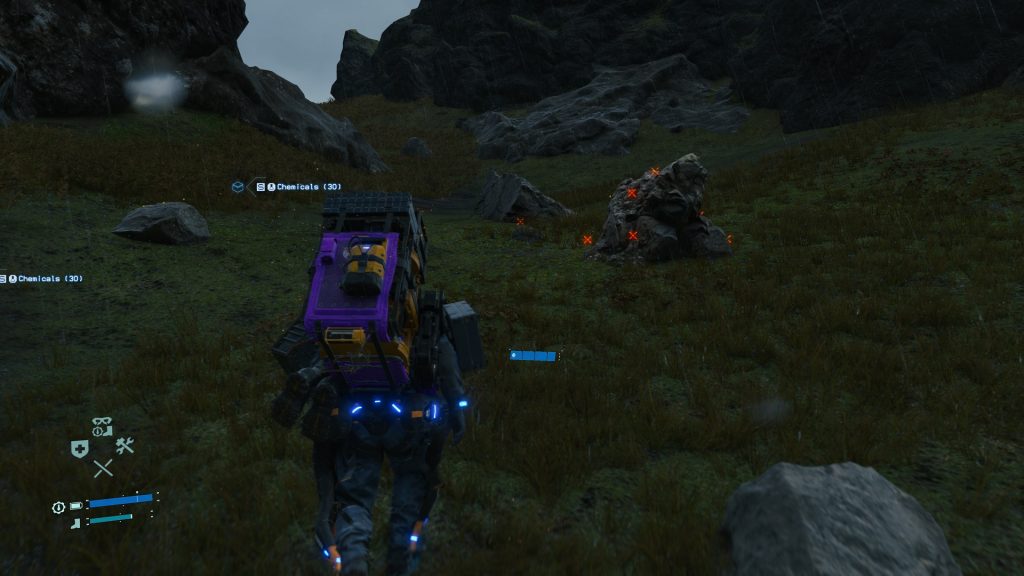
I won’t go into detail, but Death Stranding’s story is nothing short of absurd and I loved the focus it has on its characters and their relationships to each other. Don’t expect any subtlety though, as the game hammers its points home with the equivalent of a sledgehammer. You’ll likely walk away from Death Stranding still asking questions about the world itself, but you’re given no chance of missing the points the game really wants to drive home. In reality, this was my biggest issue with the game’s story. The voice acting is amazing, the facial animations are fantastic, and what’s there is interesting, but the game repeatedly beats you over the heads with its points. It feels like they wanted to go with some Lynchian in style, but felt that their audience were utter-dullards that couldn’t be trusted to piece together or link story beats together themselves. Some more subtlety or mystery would have gone a long way to improving Death Stranding’s story.
For the majority of your time as Sam Porter Bridges you’ll be taking on the most important job possible— dealing with physics while traversing America to deliver a variety of packages to its bunker-dwelling populace. You’ll load up your back, shoulders, hips and hands as you try to keep balance, as the uneven terrain, fast running water, timefall (rain that causes rapid aging) and sometimes enemies, try to destroy the precious cargo you’re carrying. At face value, this moment-to-moment gameplay sounds uninteresting, but this is where I had the most fun with Death Stranding. There was a level of strategy to package delivering that I didn’t expect going in. What sort of terrain am I covering? How far do I need to go? How much weight do I need to carry? Am I going through MULE territory or am I likely to come across BTs? These were just some of the questions I asked myself before taking delivery jobs. Once decided, it was then a case of determining the best route to take, while making quick decisions and alterations based on the terrain and conditions I came across.
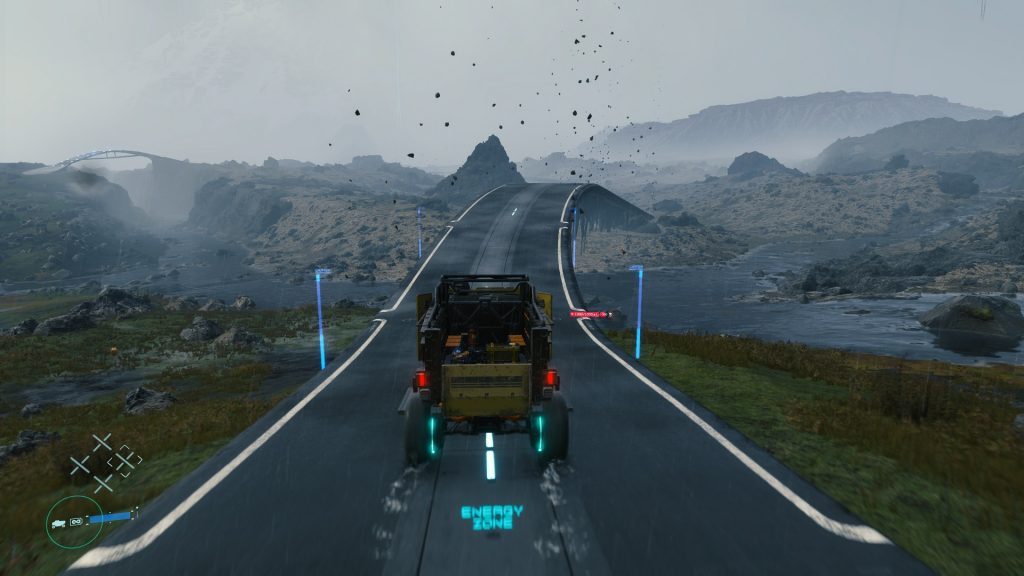
I utterly loved my time crossing America, but the same can’t quite be said about my time dealing with MULEs or BTs, especially early in the game. Surprisingly, despite being at the core of everything Death Stranding, the BTs were largely the lesser threat during my playthrough. Warned as you come into their territory, you’ll proceed to stealthily sneak your way through while avoiding making contact with them or getting too close. This largely isn’t too hard, as long as you’re willing to go slowly, but even if you do mess it up and touch a BT you’ve still got a chance to run for your life from the Catcher that is summoned to enact your demise. On the other hand, MULEs will hunt you down from the moment they notice you and summon every single one of their buddies to do the same. This is especially frustrating in the early game, as the tutorialising down around combat is utterly atrocious. You’re thrown into your initial encounters with little instruction and a variety of methods at your disposal are never explained to you at all. It’s easy to get frustrated when you have 12 MULEs charging directly at you, guns in hand, as you try and run with 200kgs on your back. Otherwise, if you turn to face them, you’ll have to deal with clunky melee combat controls or shooting mechanics that feel too heavy to be fun. Some of this is alleviated later in the game as you unlock more weapons and equipment, but by that point my experience with combat had already been soured.
Much of your time in Death Stranding’s beautiful world will be influenced by the online players automatically selected to share it with you. While you’ll never see any of them, you’ll see and be able to contribute to their creations, and vice-versa. If you’re lucky, like I was, this could mean plenty of constructed roads, bridges and zip-line speeding up your progression, or you could find yourself with people instead luring you into dangerous situations or deliberately trying to cause problems for you. It’s an interesting form of player interactivity, allowing you to influence others without direct interaction, and it’s one that I’d love to see done more moving forwards.
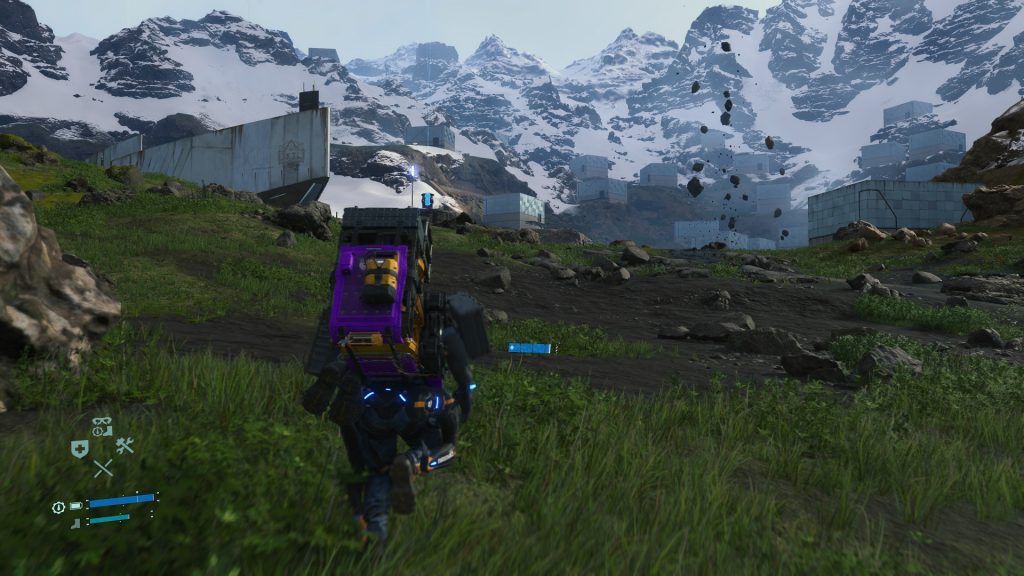
Now, when I talk about the beautiful world of Death Stranding, what I really mean is the technical brilliance that is incredibly evident across its landscape. The amount of detail in its grasses, rocks, plants, snow, water and anything else you’ll find is utterly amazing. What’s even more amazing is that despite this level of detail, I faced absolutely no issues with framerate, pacing or stuttering during my playthrough on my PlayStation 4 Pro. This level of detail continues with the game’s character models, which are near-perfect recreations of the actors they’re based on, while the facial and body animations are amazing as well. The same can be said of the game’s voice acting, which is some of the best in recent memory, showing the level of talent that was brought together in the game. Little can be said of the game’s score, however, with music being largely non-existent throughout the game. While it can be said that this matches the largely empty expanses of the world, I would have loved a bit more music as I traversed it.
For years we were in the dark on what Death Stranding was, and I don’t think anybody could have guessed that a delivery simulator is what we would get after its original reveal. It’s a fantastic technical achievement, with an enjoyably bizarre story, fantastic acting and unique and engaging moment-to-moment gameplay. It’s not without its faults, but there’s no doubt in my mind that Death Stranding was well worth the wait.
- Story is gloriously weird - Game looks utterly fantastic - Online connectivity is unique and interesting - Who knew walking could be so much fun?
- Combat feels clunky - Story is as subtle as a sledgehammer to the face - Hardly any music

